Unmanned Aerial Systems
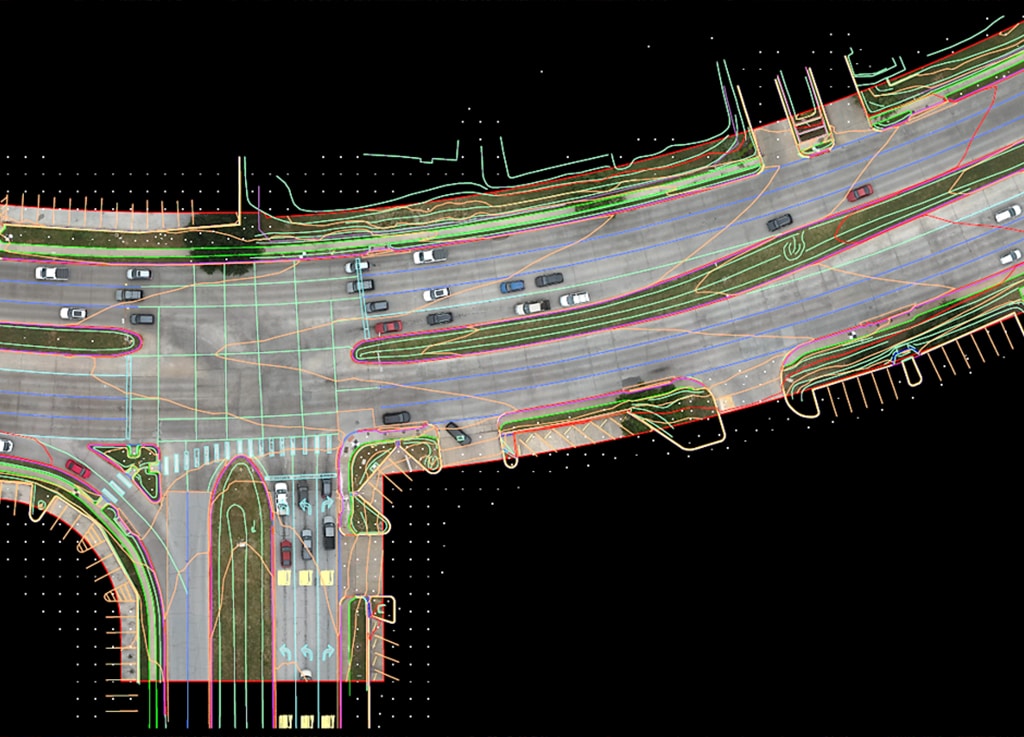
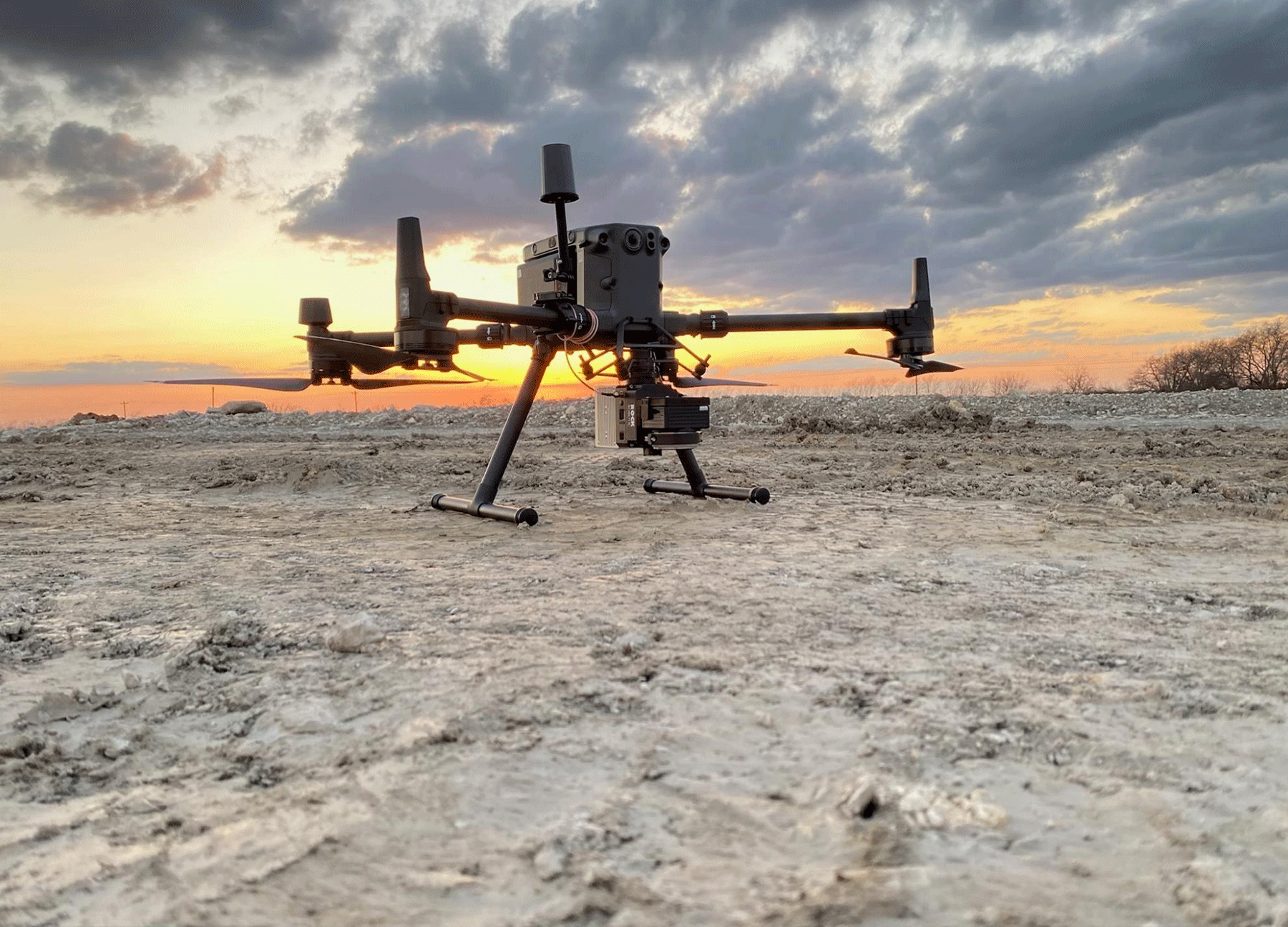
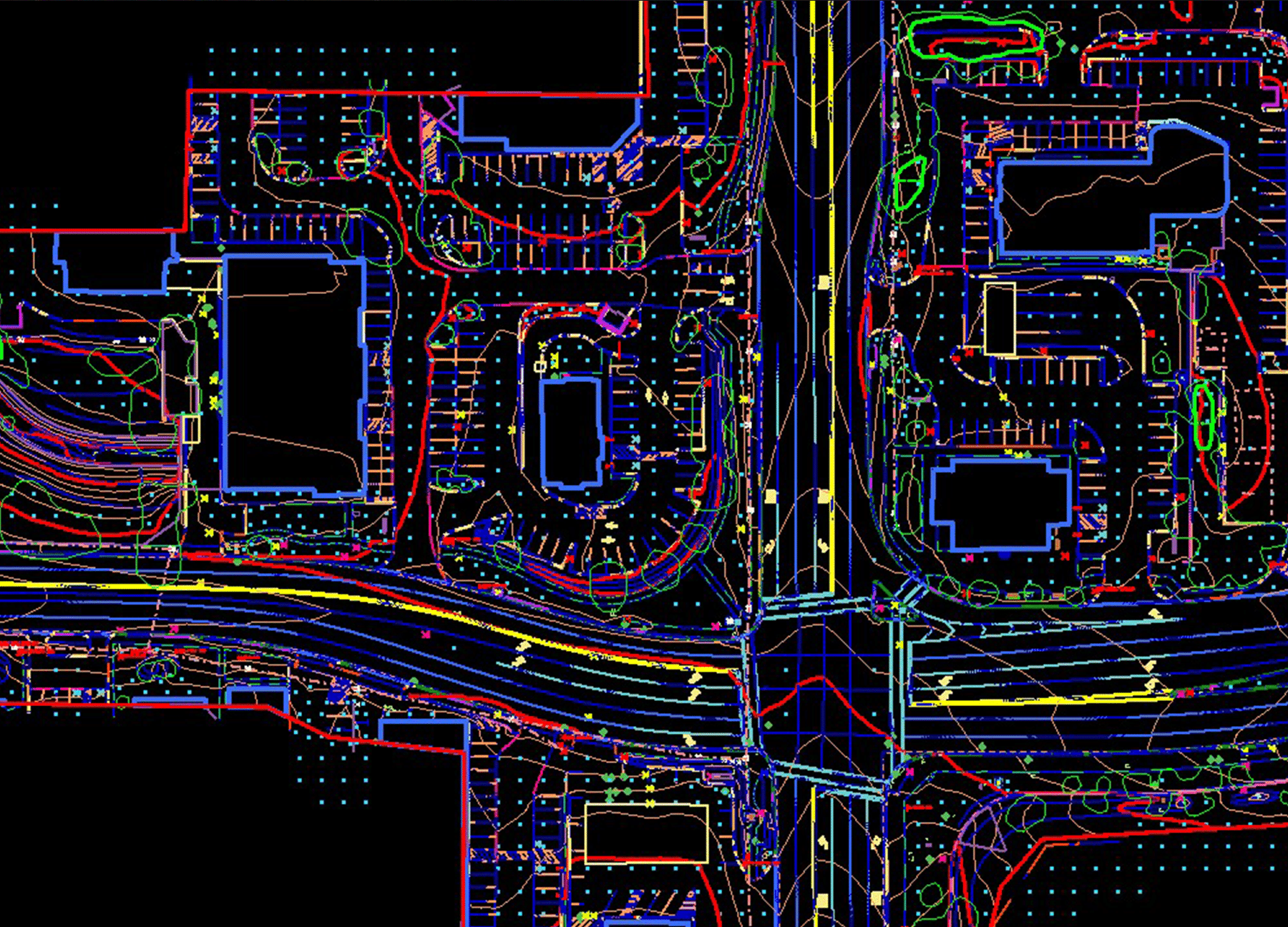
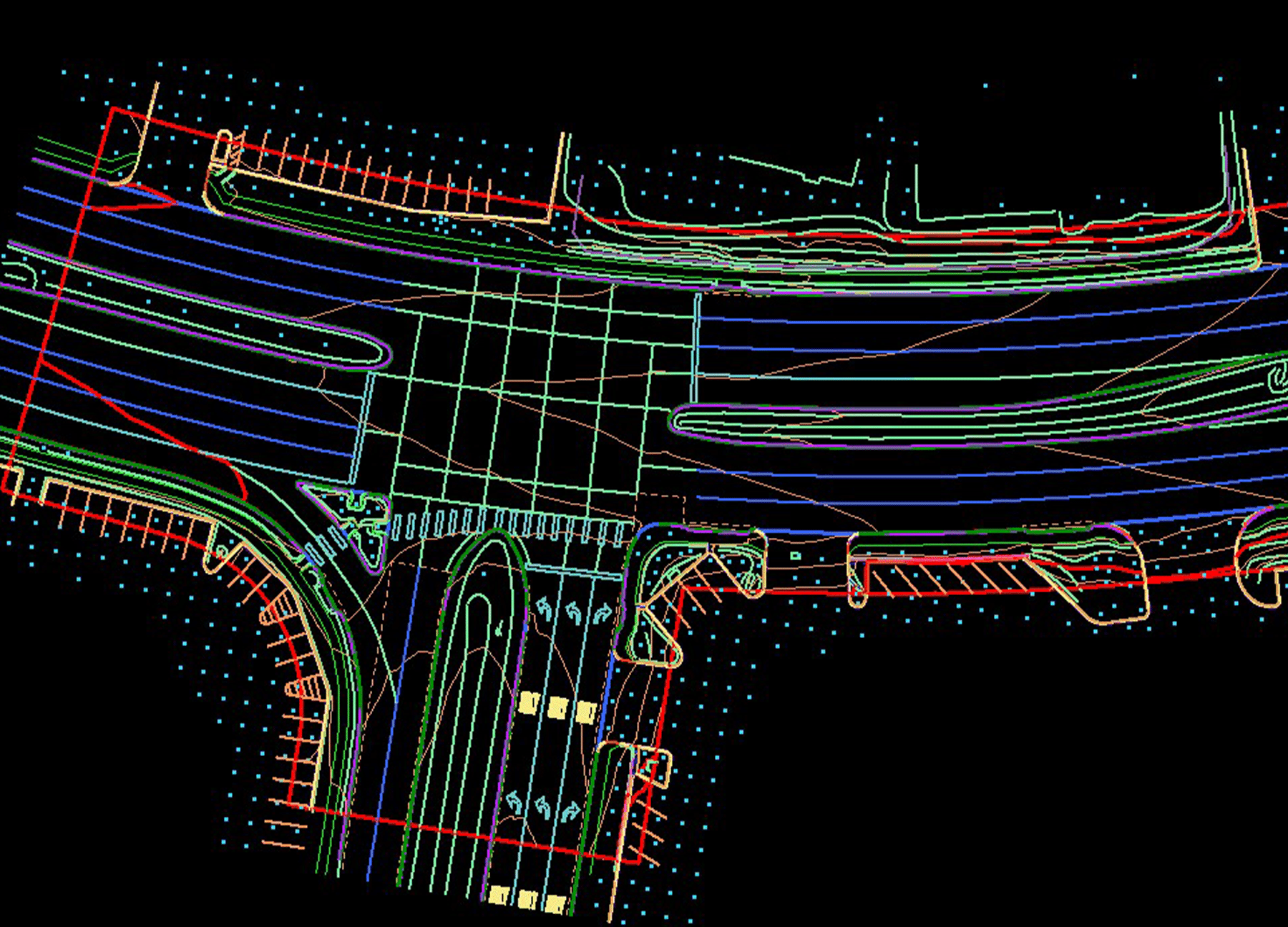

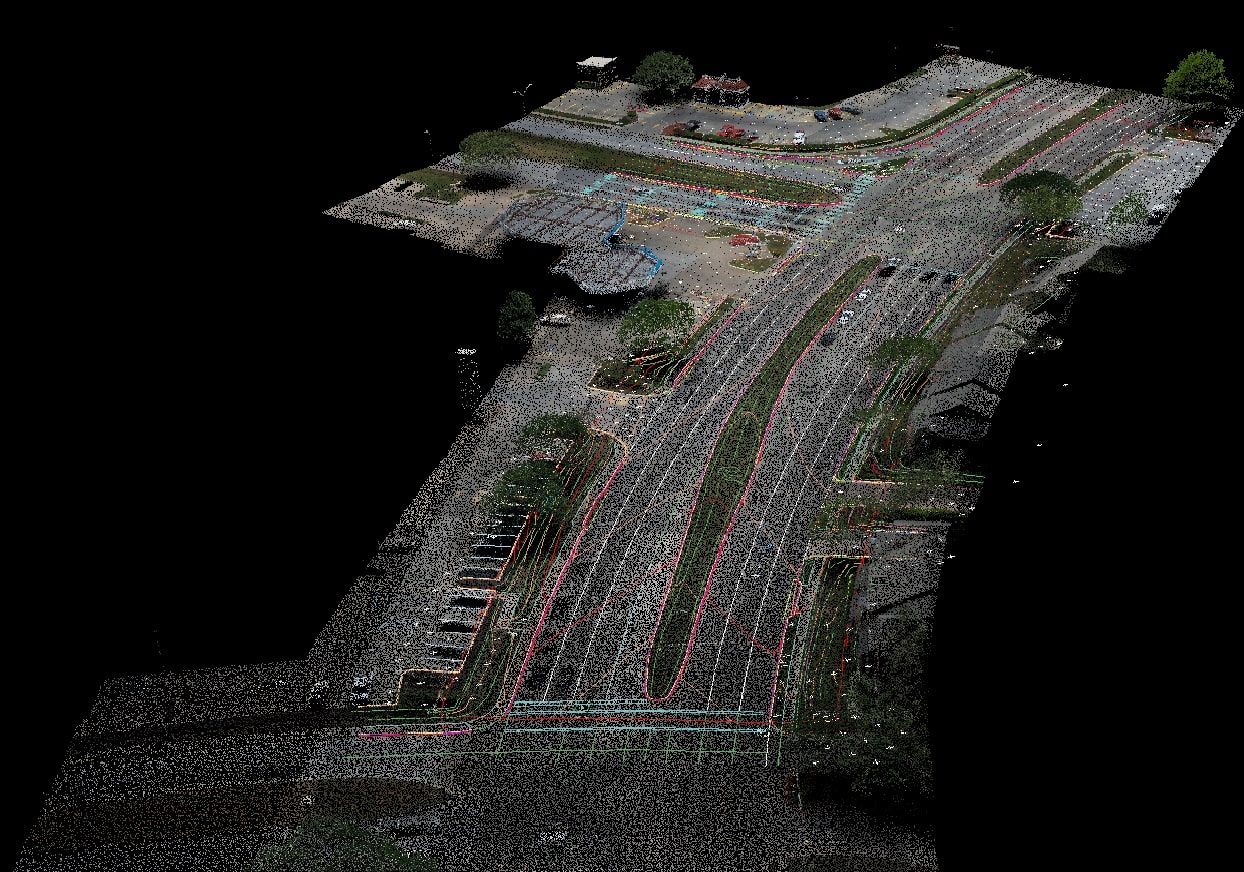
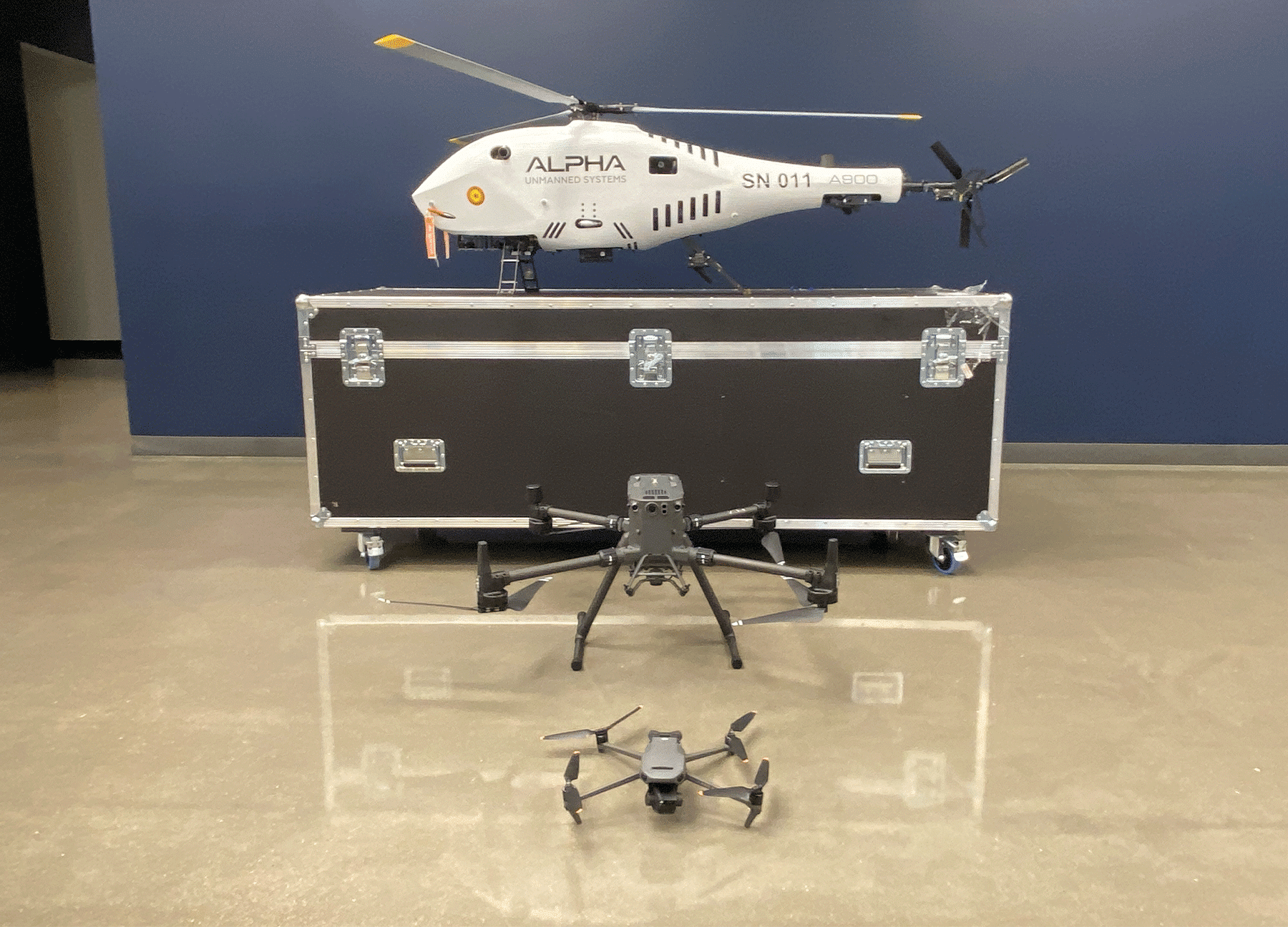
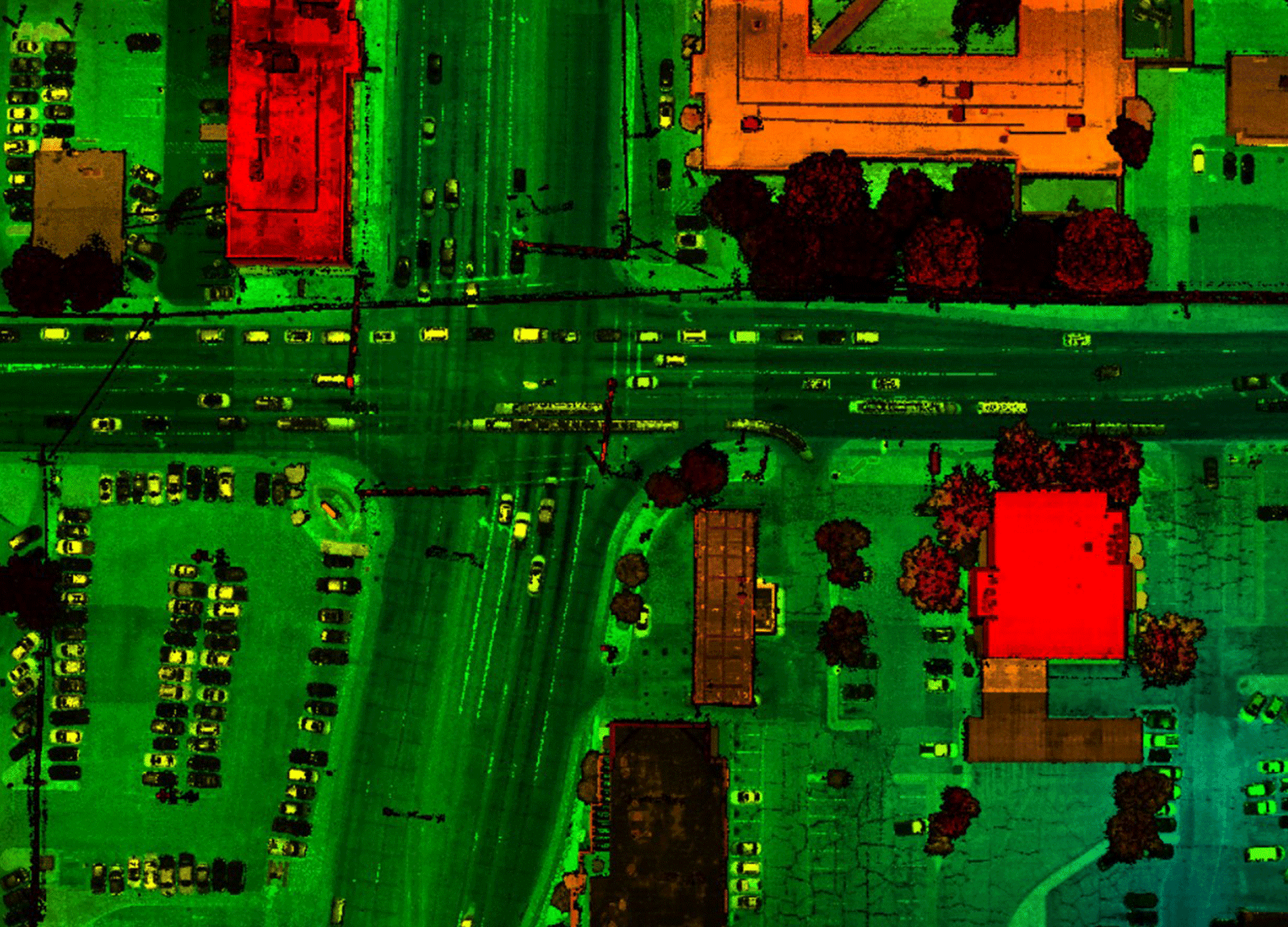
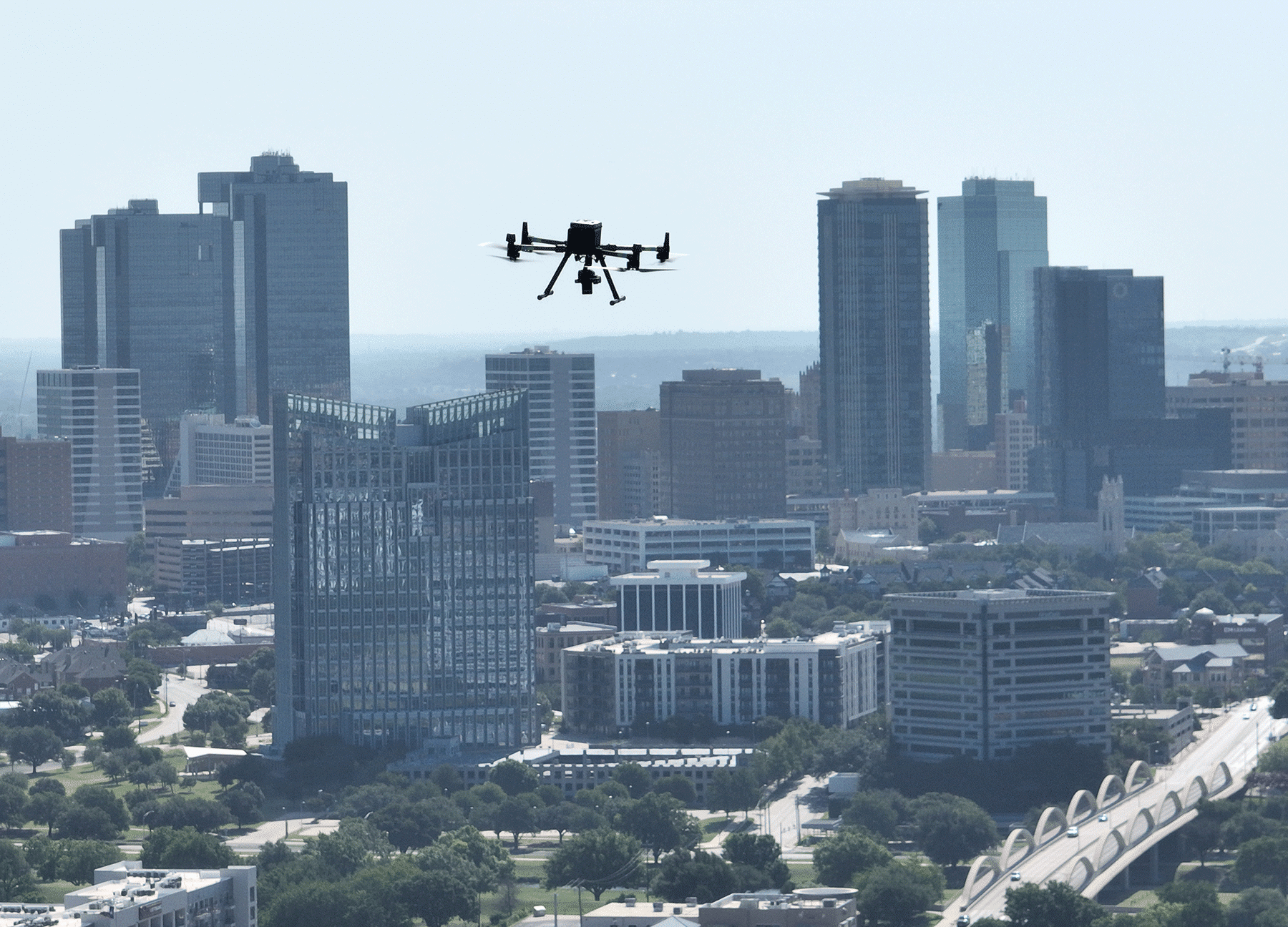
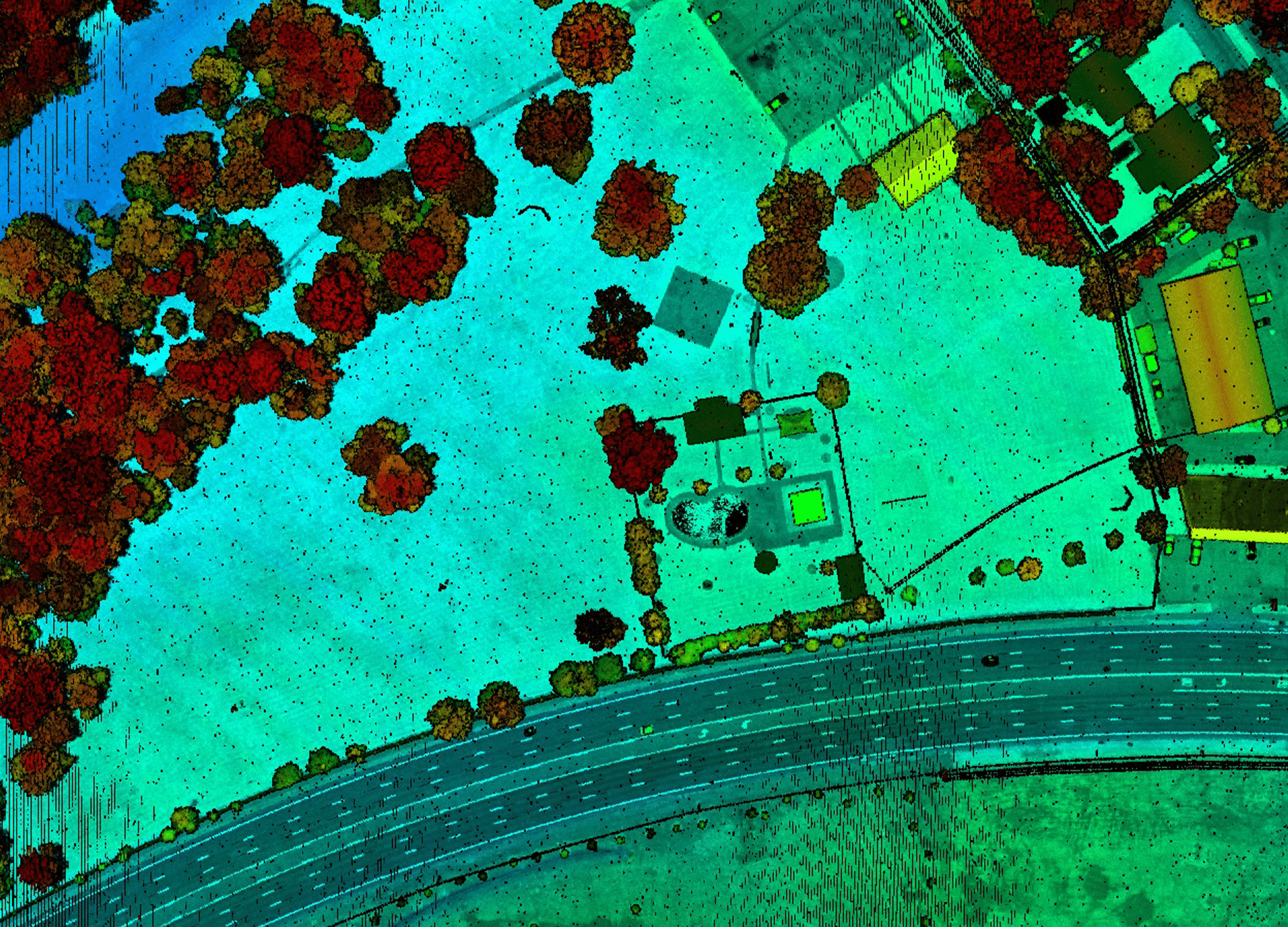

The aerial mapping division follows the same established workflow as used with conventional aerial mapping. The UAV is a great technology for smaller geographic areas, where traditional aerial mapping could be cost prohibitive. The UAV can provide TxDOT with high resolution orthoimagery (1.2cm pixel resolution) and is well-suited to flying projects on a repeating basis (weekly, monthly) for planning, change detection, and project management. G&AI’s UAVs use medium format digital metric cameras for photogrammetry and state-of-the-art airborne LiDAR sensors for aerial LiDAR data collection with similar accuracies seen with manned flights. The G&AI fleet of UAV systems includes Alpha Unmanned Systems A-900 helicopter platform (heavy lift drone), multiple DJI M-300 multi-rotor systems, and a Harris Aerial – Carrier H6 Hybrid EFI (heavy lift drone). As with conventional aerial mapping projects, all photogrammetry projects will be overseen by an American Society of Photogrammetry and Remote Sensing (ASPRS) Certified Photogrammetrist and all aerial LiDAR projects will be over seen by an ASPRS Certified Mapping Scientist in LiDAR.
UAS - Aerial Photography
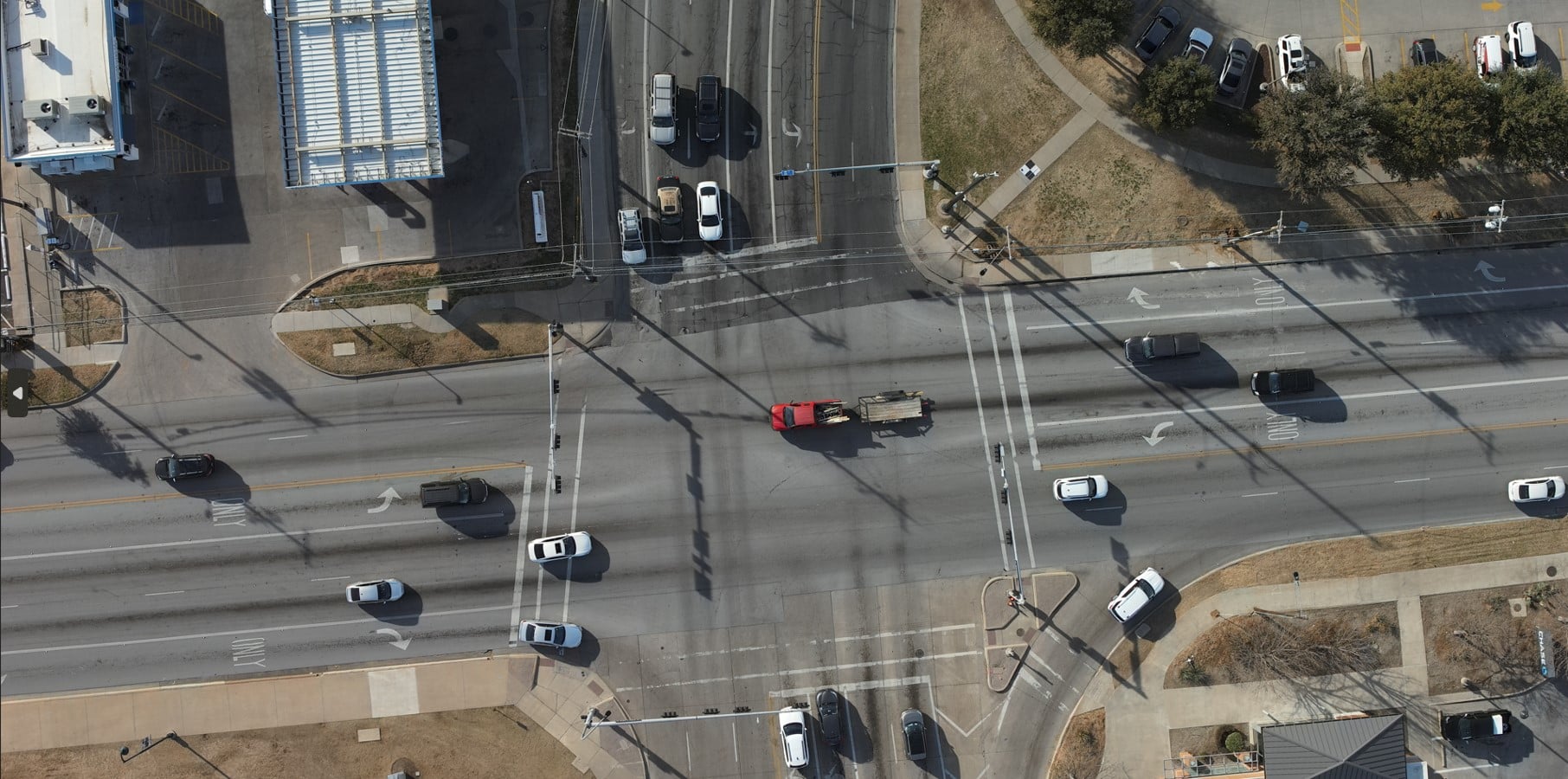

UAS - Aerial Photography
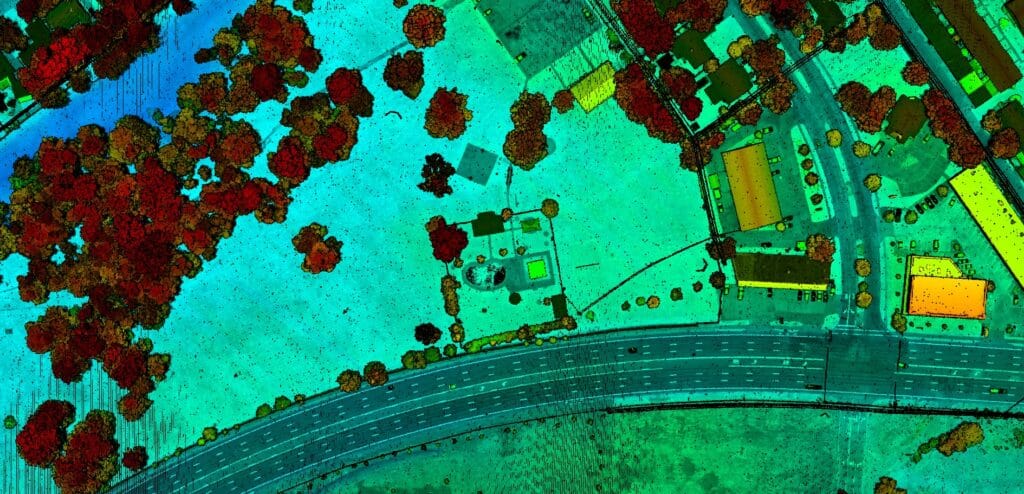
UAS - Aerial LIDAR
UAS - Forward Looking InfraRed (FLIR)
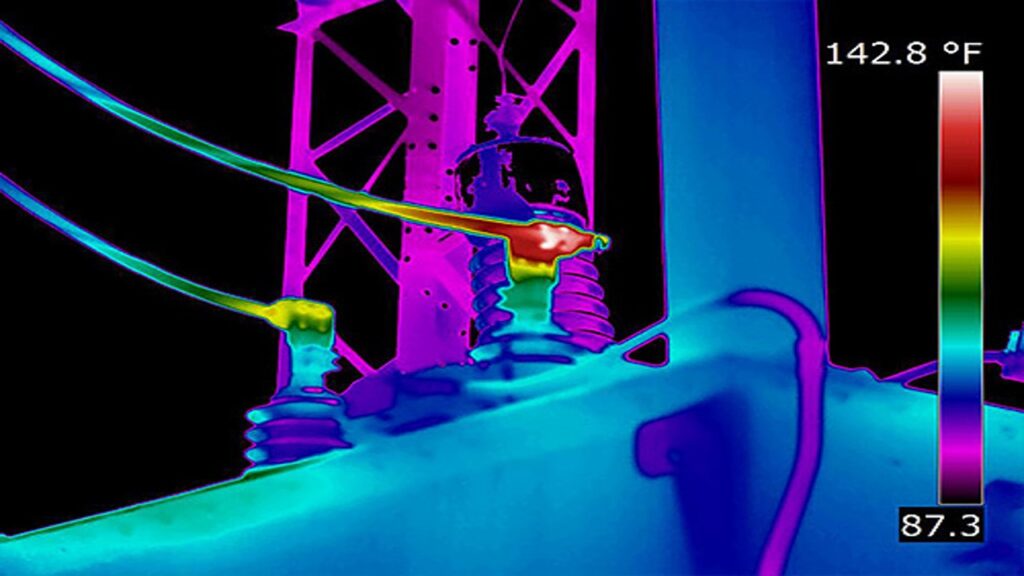

UAS - Forward Looking InfraRed (FLIR)
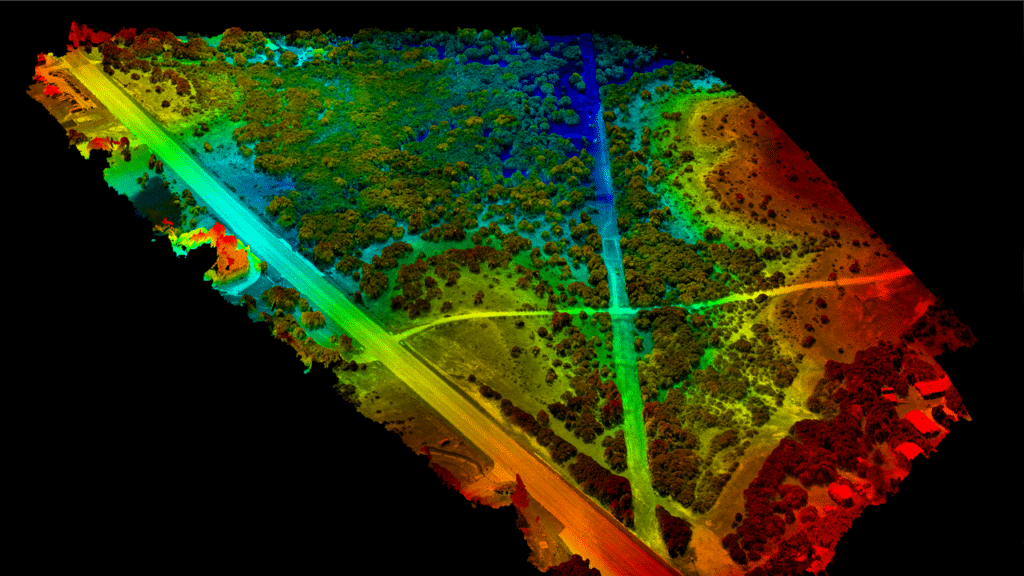
Airborne LiDAR (LiDAR from UAVs or Drones)
Another type of mobile LiDAR is airborne LiDAR, which operates in a manner that is technically distinct from typical mobile LiDAR. Unmanned aerial vehicles (also known as drones) are equipped with LiDAR sensors in this configuration so that they may collect 3D data from the air. Large-scale mapping, forest inventorying, coastal monitoring, and disaster assessment are typical applications for airborne LiDAR technology.
get in touch
We're Here to Help!
Our team is happy to answer your questions. Contact us and we’ll be in touch as soon as possible.

